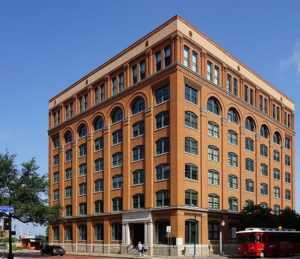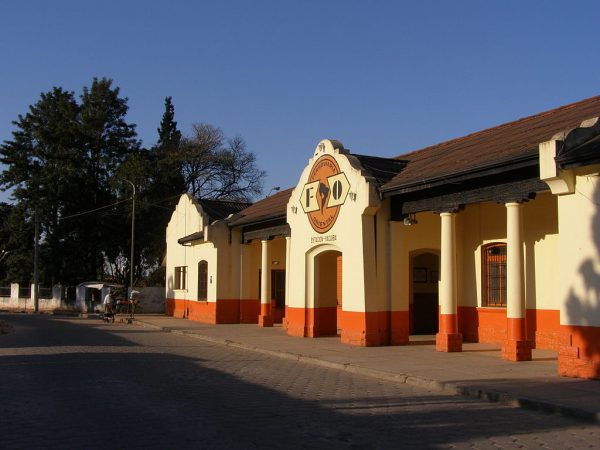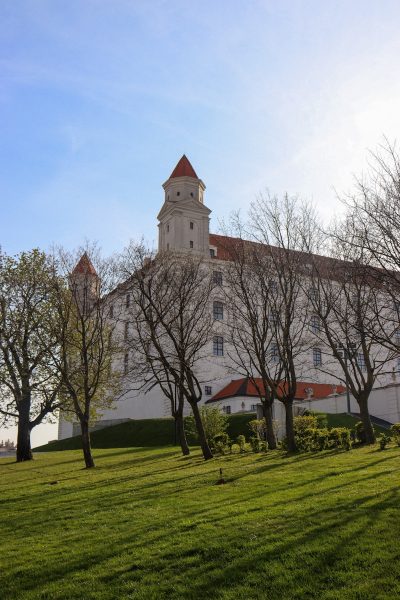Dallas’ The Sixth Floor Museum
The Sixth Floor Museum in Dallas is an internationally-acclaimed art museum. Dedicated to the works of several celebrated artists, the venue presents contemporary art by many well-regarded contemporary artists. The museum exhibits an impressive variety of visual art including paintings, sculpture, photography, and installation art. The Sixth Floor Museum in Dallas is located on the sixth floor of the historic Dealey Plaza at the corner of Elm and Houston streets.
 The term ‘sixth floor museum’ was first used in 1950 to designate the area between the Dallas convention center and the Dallas airport. Renowned for its unique architecture and for being one of the city’s most distinctive buildings, the sixth floor museum occupies an entire floor and is separated into three sections: the Contemporary Art Gallery, the African-American Art Gallery, and the Women & Sculpture Gallery. The exhibits in this particular museum are arranged by category and exhibit various forms of art, such as music, literature, television, dance, visual art, and cinema. It is truly a one-of-a-kind complex that showcases the entire range of artistry in the Dallas-Fort Worth area.
The term ‘sixth floor museum’ was first used in 1950 to designate the area between the Dallas convention center and the Dallas airport. Renowned for its unique architecture and for being one of the city’s most distinctive buildings, the sixth floor museum occupies an entire floor and is separated into three sections: the Contemporary Art Gallery, the African-American Art Gallery, and the Women & Sculpture Gallery. The exhibits in this particular museum are arranged by category and exhibit various forms of art, such as music, literature, television, dance, visual art, and cinema. It is truly a one-of-a-kind complex that showcases the entire range of artistry in the Dallas-Fort Worth area.
Art lovers will be pleased to know that they can also enjoy the galleries of this museum, which offer temporary exhibits to visitors who are unable to visit the permanent exhibits. The Contemporary Art Gallery features numerous temporary exhibits that are designed to showcase works by local and national artists. Some of these include paintings by Jim Shore, El Greco, Edvard Munch, Jasper Johns, Florence Knoll, Joel Barker, William Collinsworth, and others. The African-American Art Gallery features numerous paintings, sculptures, photography, and installation art by many well-known artists. In addition to African-American art, this gallery presents traditional mediums, such as ceramics, glassware, metalwork, leatherworks, crystal, wood, and fine stone.
Art lovers who wish to have an up-close and personal view of The Sixth Floor Museum can visit The Sixth Floor Museum during early December for an exhibit entitled “No Trace.” This exhibit highlights a century’s worth of relics found in the Dallas Historical Society’s basement. Included in this exhibit are the first known coffee cup, spoon, cigarette packet, plaster cast, the first edition of The Dallas Morning News, the first American newspaper printed in The Dallas Morning Herald, a steam engine, and the original steamboat paddle. Visitors can also view early 1960s period equipment from the Dallas World’s Fair, an exhibit of equipment from the fair that operated between December 15 and January 4, earlier known as the Dallas Centennial Exposition. The exhibit is free to visitors, but admission fees apply.
Another section of the museum features six temporary exhibits that showcase Dallas’ rich African-American heritage and influence. These include a slave auction, a plaque honoring Robert Kennedy, a flea market display, and a corner window exhibit on Benning Street that showcase the influence of African-Americans in Dallas. The temporary exhibits offer a look at life in the old Central Texas town, as well as a glimpse into the past and present of African-American history in Dallas.
The seventh floor and reading room of The Sixth Floor Museum features a number of permanent and temporary exhibits. One of these permanent displays showcases the work of legendary African American painter Wiliam Taylor. Taylor’s career spanned two eras in Dallas. He worked for the Sears Roebuck department store and later was hired by photographer Bettie Whitlock to take pictures and produce designs for the then popular Dallas Magazine. The style of the photography ranges from whimsical to somber, featuring Taylor’s trademark style.
The sixth floor museum also houses a reading room and a public library. The library contains a wide assortment of periodicals and reference books on the history of the Six Flags Magic Mountain. In addition, the library houses the first edition of the Bill Young: Oral History of the Bill and Beverly Young Scandals, a definitive account of the infamous Beverly Young case. A third reading area located within the premises houses an enormous collection of antique furniture, tapestries, paintings, pottery, as well as relics from the Kennedy and Johnson Administrations. A special program focusing on the legacy of President John F. Kennedy and his achievements as president is also available to visitors.
The seventh floor reading room and museum showcase a collection of artifacts produced by the First Crusade. This collection showcases a variety of European items. These items include chandeliers, tapestries, and wall tapestries. Other artifacts in this collection focus on the culture of Spain, the Netherlands, and France. An exhibit dedicated to the fifteen castles situated in Dorset is another facet of this museum. These fifteen castles are home to important relics that showcase the culture of the region.


